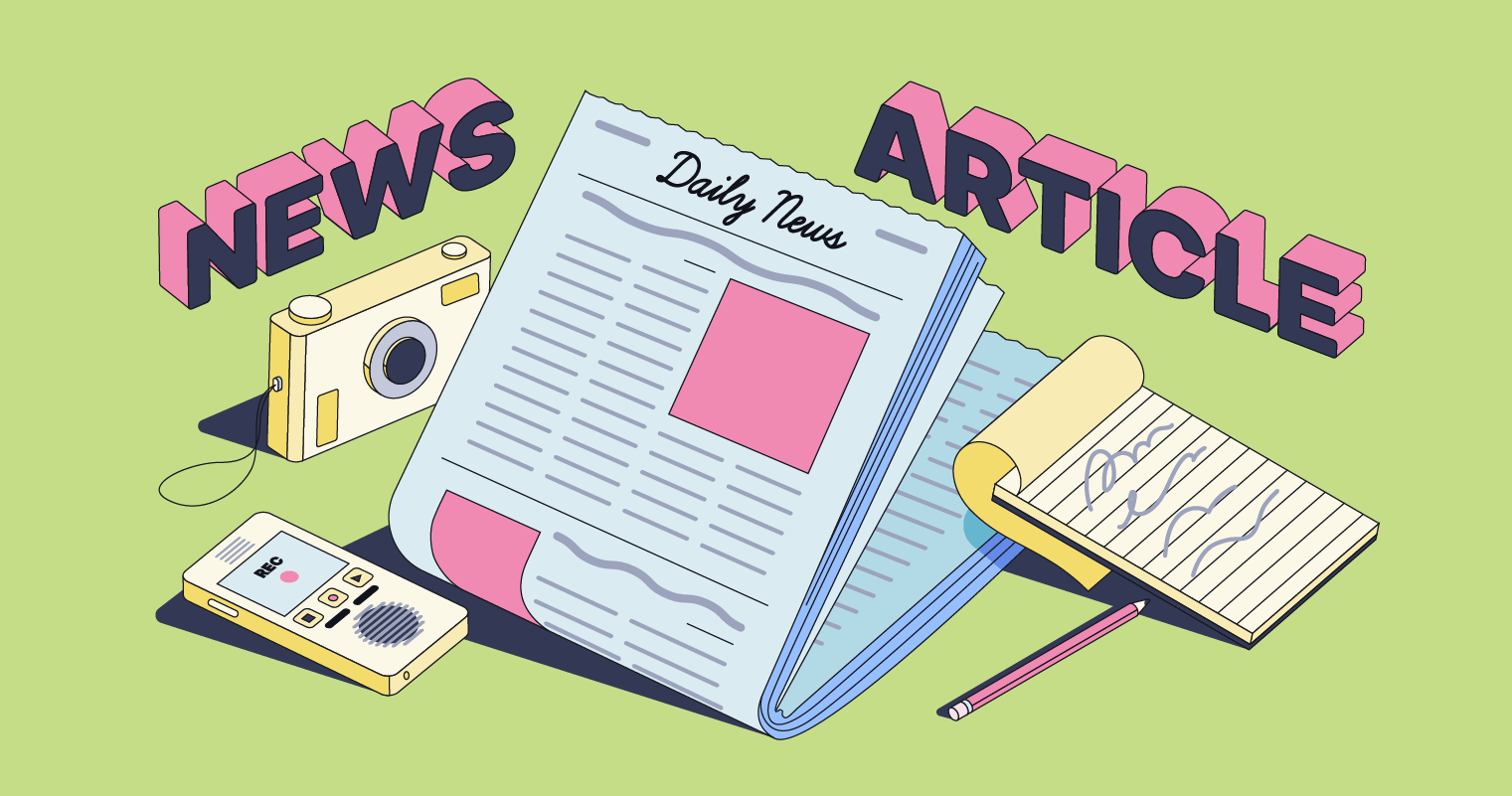Fascination About News Articles
Table of ContentsAll About News Articles5 Easy Facts About News Articles ExplainedThe smart Trick of News Articles That Nobody is Talking AboutWhat Does News Articles Mean?What Does News Articles Mean?
Great expertise of various subjects provides students an affordable edge over their peers. Despite the fact that electronic and social networks are readily easily accessible, we ought to not neglect how important it is to check out the papers. Parents have to try and instill the habit of checking out a newspaper as an everyday routine to proceed the legacy of the revered print medium.Information tales additionally contain at least one of the following crucial characteristics family member to the desired audience: proximity, importance, timeliness, human rate of interest, quirk, or effect.
Within these restrictions, newspaper article also intend to be extensive. Nevertheless, other factors are included, some stylistic and some originated from the media kind. Among the larger and a lot more recognized papers, justness and equilibrium is a significant consider offering details. Discourse is normally constrained to a different area, though each paper might have a different general angle.
Newspapers with an international audience, as an example, have a tendency to utilize a much more formal design of writing. The particular options made by a news outlet's editor or editorial board are frequently collected in a design guide; typical style overviews include the and the United States News Style Book. The major goals of news writing can be summed up by the ABCs of journalism: accuracy, brevity, and clearness.
Little Known Facts About News Articles.
Generally, reporters will certainly not utilize a lengthy word when a brief one will certainly do. They use subject-verb-object construction and brilliant, energetic prose (see Grammar). They supply narratives, instances and allegories, and they hardly ever rely on generalizations or abstract concepts. Information authors attempt to stay clear of making use of the very same word extra than once in a paragraph (sometimes called an "echo" or "word mirror").
Nevertheless, headings often omit the subject (e.g., "Leaps From Watercraft, Catches in Wheel") or verb (e.g., "Feline woman lucky"). A subhead (likewise subhed, sub-headline, subheading, subtitle, deck or dek) can be either a subordinate title under the major headline, or the heading of a subsection of the short article. It is a heading that precedes the major message, or a team of paragraphs of the primary text.

of a short article subject, source, or interviewee), it is described as a pulled quote or pull quote. Extra billboards of any one of these kinds might show up later on in the write-up (especially on succeeding pages) to attract additional reading. Journalistic internet sites in some cases use animation methods to swap one signboard for one more (e.g.
Little Known Facts About News Articles.
Such billboards are likewise utilized as pointers to the write-up in various other sections of the magazine or website, or as promotions for the piece in other magazine or websites. News release of the Swiss government. Regular framework with title, lead paragraph (summary in bold), other paragraphs (information) linked here and contact info.

Example of a hard-lead paragraph NASA is recommending an additional area job. The budget plan requests about $10 billion for the job.
An "off-lead" is the second most crucial front why not look here web page information of the day. To "bury the lead" is to start the post with background info or information of additional importance to the viewers, forcing them to review more deeply right into a post than they should have to in order to find the essential factors.
Some Ideas on News Articles You Need To Know
Common use is that one or 2 sentences each develop their very own paragraph. Journalists normally define the organization or structure of a newspaper article as an inverted pyramid. The vital and most intriguing components of a story are placed at the start, with sustaining information following in order of reducing relevance.
It allows people to check out a topic to only the deepness that their curiosity takes them, and without the charge of information or subtleties that they can think about unnecessary, yet still making that details readily available to more interested viewers. The upside down pyramid framework also enables articles to be trimmed to any type of arbitrary length during layout, to fit in the area readily available.
Some authors start their Resources stories with the "1-2-3 lead", yet there are several kinds of lead readily available. A kicker can refer to numerous points: The last tale in the information broadcast; a "pleased" story to end the show.
Longer posts, such as magazine cover write-ups and the pieces that lead the within sections of a newspaper, are recognized as. Feature stories differ from straight news in a number of ways.
News Articles Can Be Fun For Everyone
A function's first paragraphs typically connect an appealing minute or occasion, as in an "unscientific lead". From the details of a person or episode, its sight swiftly widens to generalizations about the story's topic.

The Editor's Tool kit: A Recommendation Guide for Beginners and Professionals (2001) Allan M. Siegal and William G. Connolly. The New York City Times Guidebook of Design and Use: The Official Design Guide Made Use Of by the Writers and Editors of the Globe's Most Reliable Newspaper (2002) M. L. Stein, Susan Paterno, and R.